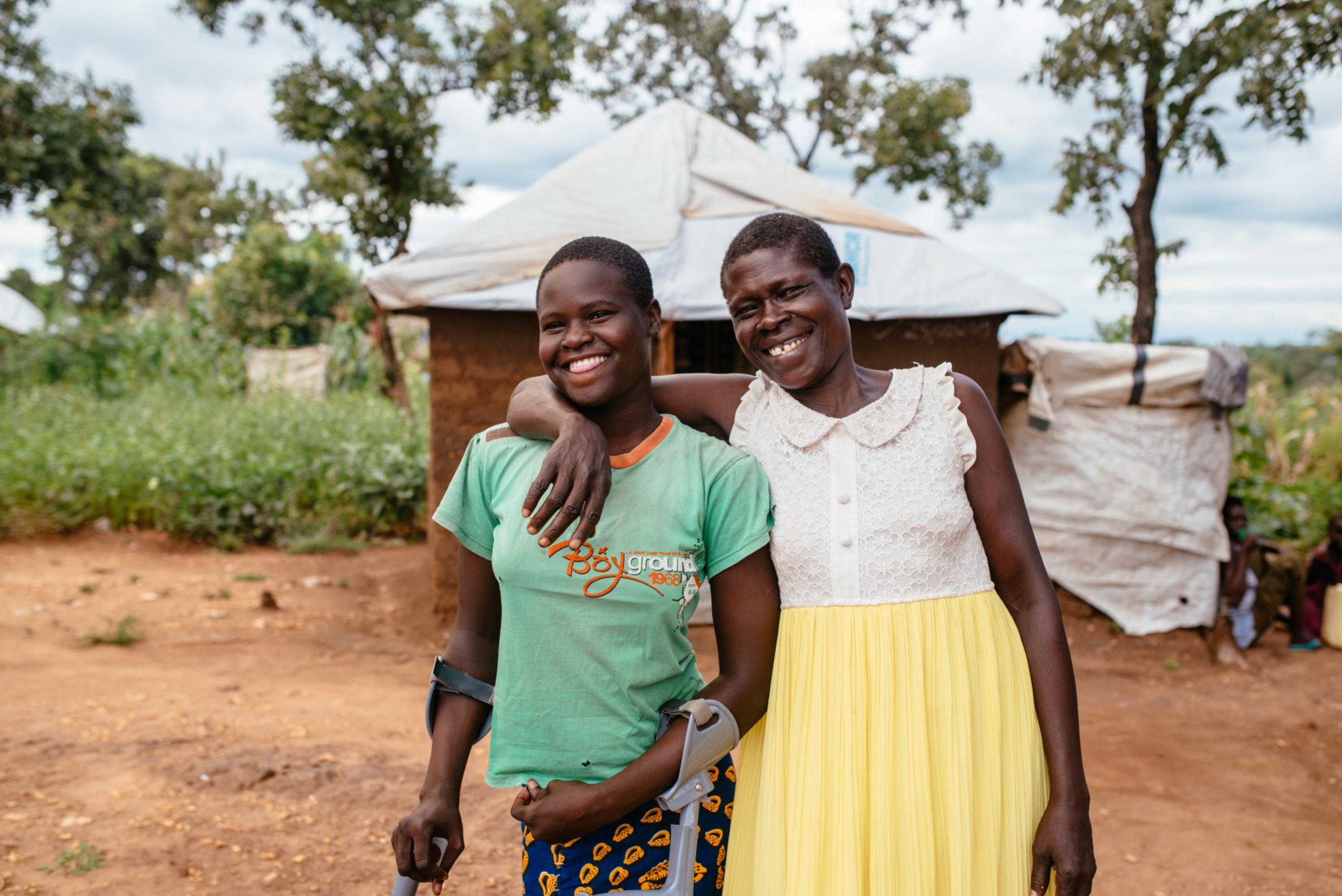Free E-learning Course on Disability-Inclusive Humanitarian Action for Humanitarians!
Category
Capacity Building General IASC-Guidelines
© Quinn Neely/HI
Want to learn more about the IASC Guidelines on Inclusion of Persons with Disabilities in Humanitarian Action and what are the four Must-Do Actions for disability-inclusive programming? Then have a look at our e-learning course on this theme!
The Phase 3 – Leave no one behind! project is pleased to announce the launch of an e-learning course on Introduction to Disability-Inclusive Humanitarian Action, consisting of six distinct modules! They were developed in collaboration with the Reference Group on Inclusion of Persons with Disabilities in Humanitarian Action, the Disability Reference Group (DRG) engaging the humanitarian expertise of UN, NGOs and Organizations of Persons with Disabilities. Its structure and content is complementing the DRG learning modules for face-to-face and guided online learning, which offer a further expansion of your knowledge and practice.
This course was designed to support you and your organizations to start operationalizing the IASC Guidelines on Inclusion of Persons with Disabilities in Humanitarian Action. In particular, it offers you an opportunity to deepen learnings about the rights-based approach to disability and how to apply that practically in humanitarian programming. The course is relevant for anyone involved in humanitarian project or programme planning, design, management, monitoring & evaluation!
Content
Taking the six modules of this course, you will have a chance to expand your understanding and skills on:
- how disability intersects with gender and influences the exposure to heightened risks and vulnerability for persons with disabilities,
- the structure of and how to use the IASC Guidelines on disability-inclusion effectively,
- how to situate disability and disability-inclusive humanitarian action within the wider humanitarian legal and policy landscape,
- what are the four must-do actions and the twin-track approach and how both can be applied to make your humanitarian program more inclusive of the requirements of persons with disabilities and to ensure their meaningful participation,
- what are accessibility, reasonable accommodation and universal design and how they contribute to remove barriers that hinder persons with disabilities equitable access, as well as
- how Accountability to Affected Population can be enhanced by ensuring feedback and complaint mechanisms are free of hindering barriers.
Link to the Course
You can access the self-paced e-learning modules HERE at Disaster Ready. Before starting, you will need to create a free account first. The course is available in English.
The production of the e-learning course was financially supported by the Phase 2 and Phase 3 of the “Leave no one behind!” projects funded by the German Federal Foreign Office.